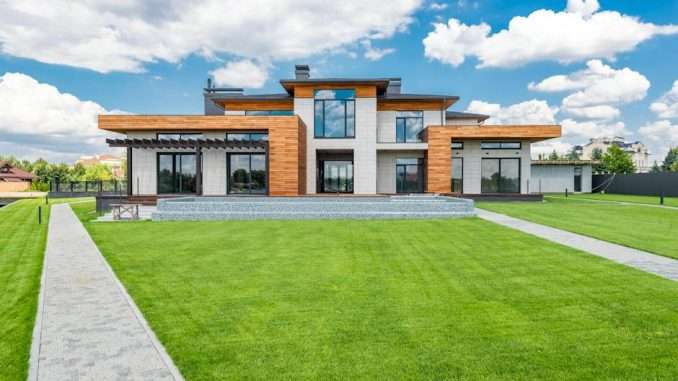
Amid growing awareness of the ecological impact of human activity, a transformative movement is unfolding within various sectors, marked by the convergence of sustainability standards and the evolution of architectural design. This shift represents a proactive approach to redefining our societal impact on the environment, with sustainability certifications and innovative architectural designs emerging as catalysts for a paradigm shift towards a more responsible future.
Sustainability certifications, once marginal tokens of eco-consciousness, have evolved into pivotal drivers of change across industries. Far from mere emblems, they act as catalysts compelling businesses to adopt environmentally sound and ethically grounded practices. The adaptation of these benchmarks signifies a trend towards sustainable business models, moulding new corporate behaviours and influencing consumer expectations.
Organisations such as the Forest Stewardship Council have led the way with certifications that promote sustainable forestry, inspiring sectors such as agriculture to follow suit. The wild seafood and palm oil industries are also aligning with these principles, reflecting a wider transformation in corporate culture. With over 400 global standards targeting environmental integrity, social justice, and economic viability, there is a discernible movement towards a consensus on sustainability.
The ISEAL Alliance and the UN Forum on Sustainability Standards play a crucial role in the assimilation of these standards, ensuring they contribute effectively to the Sustainable Development Goals. These institutions recognise that while standards are essential, they represent only one facet of a broader solution. Realising the SDGs requires a united and concerted effort, one that intertwines standards with innovative practices and cohesive regulatory policies.
The field of architecture, intrinsically linked to both human-made and natural environments, is pivotal in the sustainability discourse. At the Architect@Work conference, industry experts agreed that while certifications like PassivHaus are valuable, they fall short of encapsulating the full spectrum of sustainable architecture. The industry advocates for a comprehensive approach that transcends certification criteria, championing designs that are not just energy-efficient but also enriching, resilient, and adaptable to our changing climate.
Pioneering firms such as PAD studio exemplify this ethos, creating buildings that personify sustainability beyond the scope of certification. Their dedication to erecting structures that stand as beacons of resilience and responsibility has earned them accolades, including the Green Building award. Their work is emblematic of the innovative spirit that is essential for architectural practices to significantly impact sustainability.
However, the path to embedding sustainability within architecture is fraught with challenges, notably regulatory systems that often lack the necessary ambition to fulfil climate pledges. These deficiencies highlight the critical need for governmental action to align construction practices with sustainable development ambitions. The message is unequivocal: sustainability must transition from being a mere option to becoming the foundational standard in architectural design.
As we explore the synergy between sustainability and architectural innovation, it is evident that our future hinges on a collective commitment to cooperation and shared responsibility. The transformation of industries and the redefinition of architectural practices form a narrative that extends beyond the attainment of standards and certifications. It involves the integration of sustainability principles into the core of global operations.
The amalgamation of sustainability standards with avant-garde architectural practices is anticipated to be a hallmark of our endeavours to construct a more sustainable world. From agricultural fields to architectural blueprints, a dynamic momentum is evident, driven by the dual forces of standards and design innovation. This progressive journey, punctuated by fresh insights, challenges, and opportunities, is sculpting an indelible legacy for future generations.
In essence, the quest for a greener future is a sophisticated and collective venture that transcends sectoral boundaries and individual practices. It is a journey that necessitates our united participation, with sustainability standards and architectural innovation at the forefront. As the narrative of sustainability advances, each new development brings us closer to a world where our built environment coexists harmoniously with the natural one, ensuring a prosperous, equitable, and sustainable existence for all.


Be the first to comment